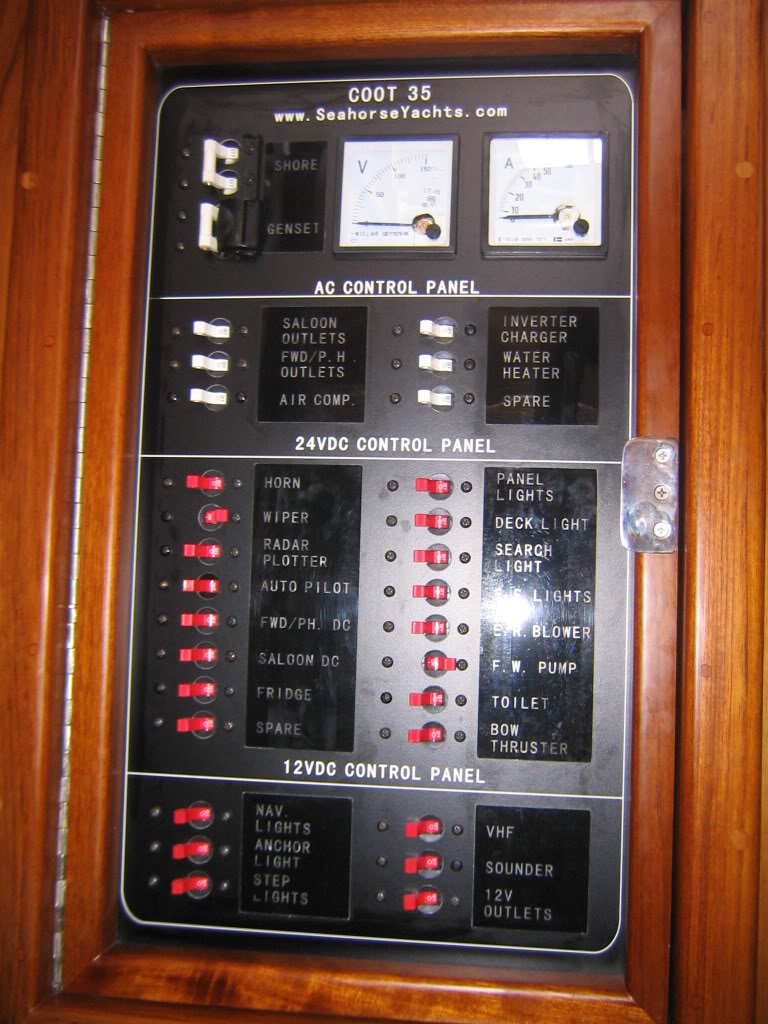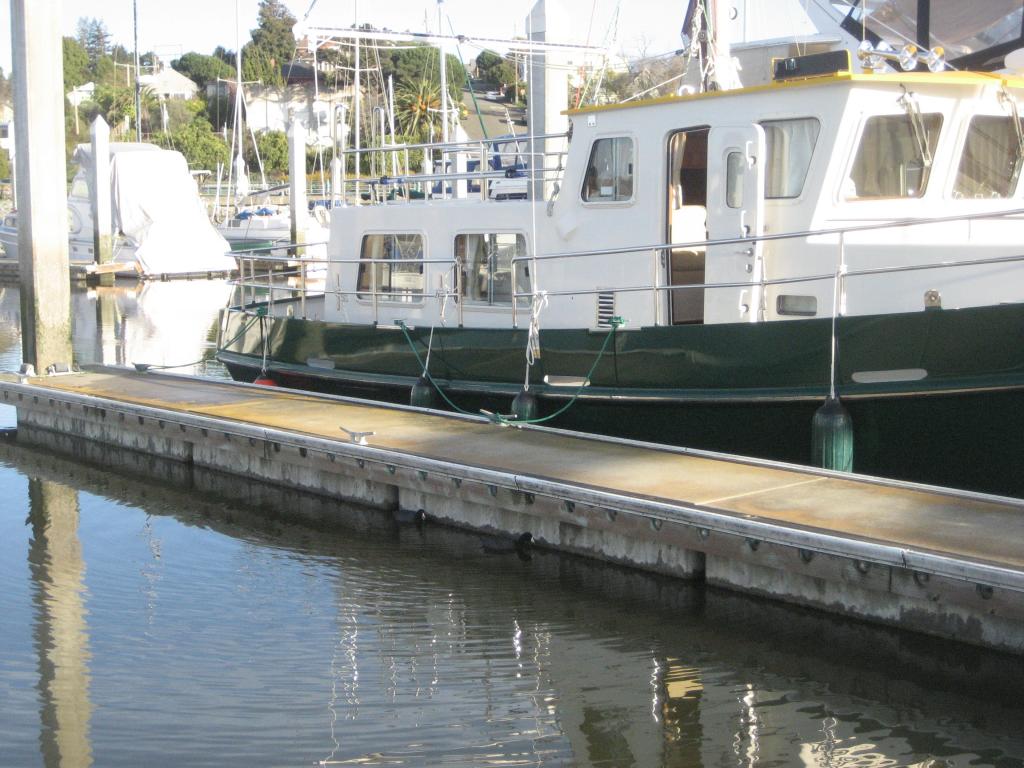I will be installing a air horn setup on our 1987 Krogen Manatee as a Winter project. I plan on locating the horn under the pilothouse roof over hang and routing the air hose to the inside. Looking for some "been there done that " wisdom such as will the length of the air hose effect the operation of the horn ? The Manatee center console area is where I would like to locate the compresser as it is weather proof and houses the split system a/c heat pump unit so it is climate controlled. The trumpet on the horn is powder coated brass and I would like to install a screen so creepy crawlers don't nest in it, any ideas welcomed. thanks
Bill
Bill





